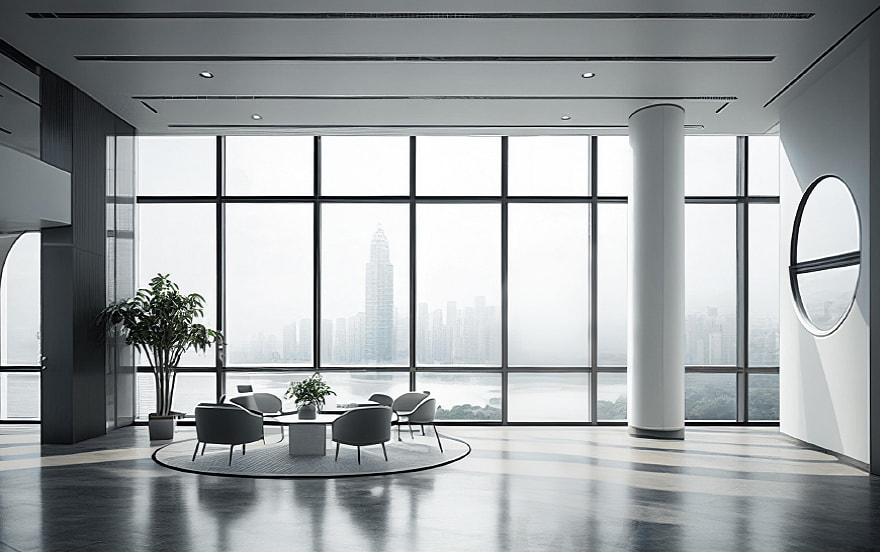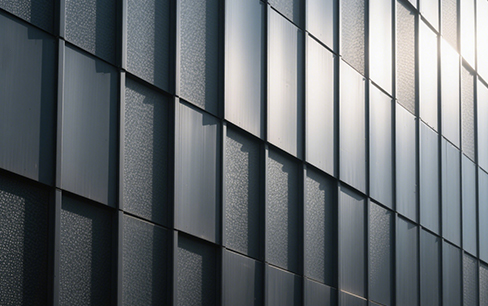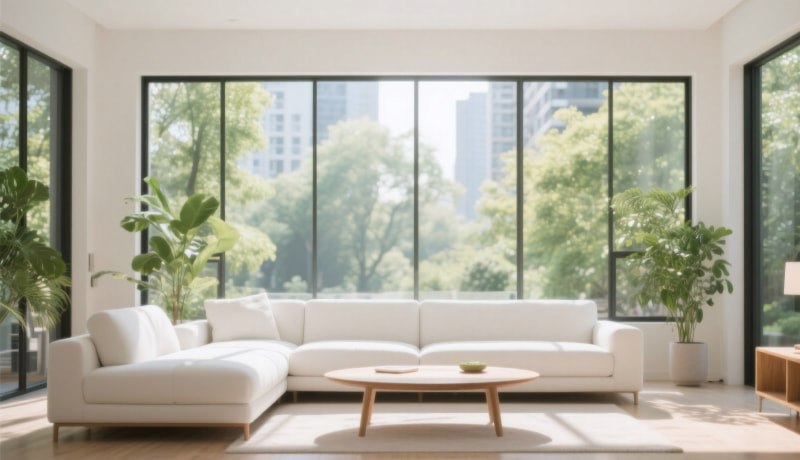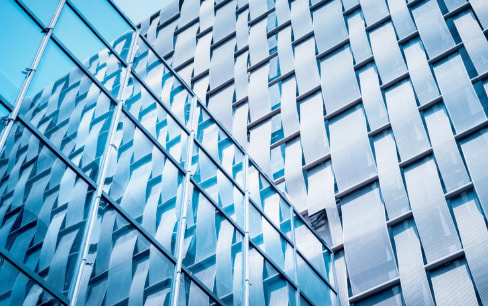From insightful needs analysis to refined craftsmanship — We walk with you, fueled by sincerity and quality, toward a future of brilliance.
-
2025-06-23
Yes. Reputable brands offer advanced production processes, strict quality control, and reliable after-sales service. Their products are more precise and stable, and they provide better installation and support, which helps reduce future issues.
READ MORE+ -
2025-06-23
That depends on user needs. Features like automatic rain sensors that close windows can be very practical, while smart dimming glass provides both privacy and lighting control. For users with low smart-home demands, some functions may seem unnecessary.
READ MORE+ -
2025-06-23
It's mainly measured by the heat transfer coefficient—the lower it is, the better the insulation. Performance depends on profile material (e.g., thermal break aluminum), glass type (e.g., Low-E), and the thickness of air layers. High-performance combinations significantly improve energy efficiency.
READ MORE+ -
2025-06-23
Start by checking the profiles—high-quality materials are tough, smooth, and evenly colored. Then inspect the hardware; branded accessories offer smoother operation and better durability. Look for multi-layer insulated glass with strong sound and heat insulation, and check for bubbles or impurities. Finally, test the responsiveness and functionality of the smart features to ensure stable system performance.
READ MORE+ -
2025-06-23
For modern minimalist buildings, choose sleek designs in neutral colors like black, white, or grey. European-style buildings suit decorative elements and warm tones such as beige or brown. For traditional Chinese architecture, use wooden or wood-textured materials with lattice patterns to reflect cultural aesthetics.
READ MORE+


 中文简体
中文简体 English
English






